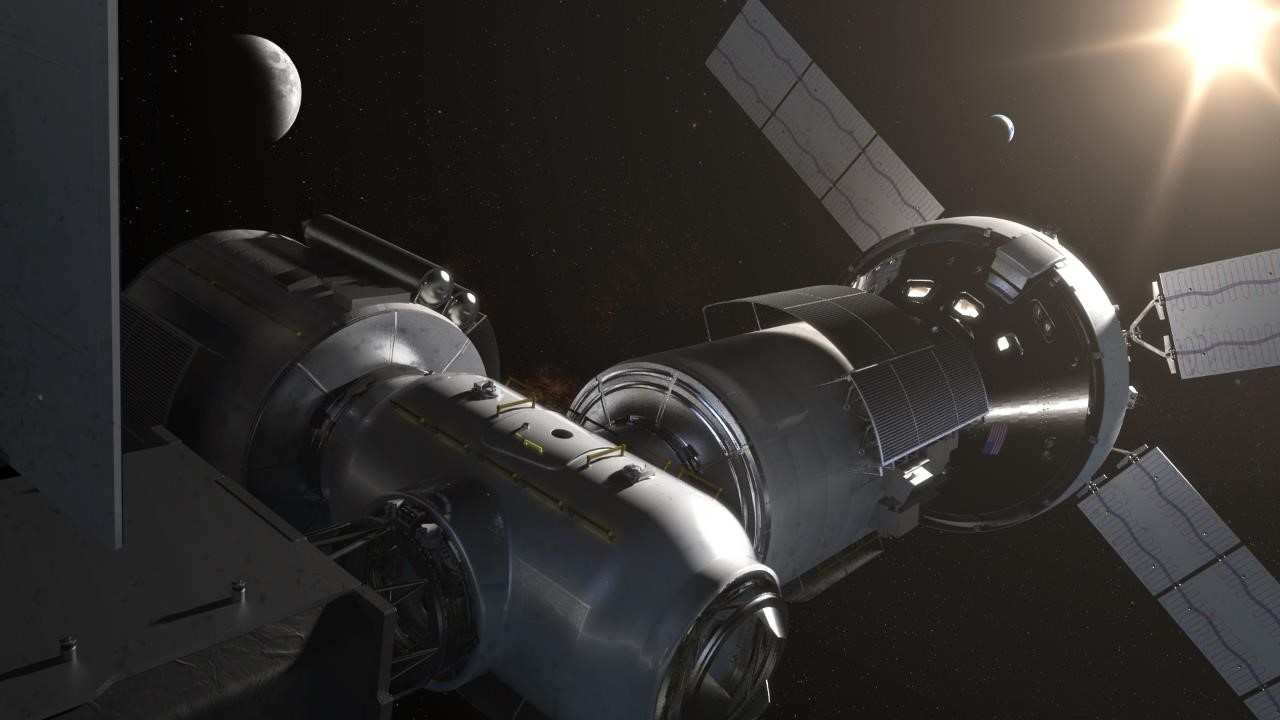NASA Wants the Moon Again (and Mars, Too!) As Agency Turns 60
What's past is prologue for NASA, at least in terms of human spaceflight.
The United States is working to put boots back on the moon, as the nation did during the Apollo era nearly five decades ago, NASA chief Jim Bridenstine stressed during a video message to commemorate the agency's 60th birthday today (Oct. 1).
"President [Dwight] Eisenhower launched our nation into the space age, and President [John F.] Kennedy gave us the charge to reach the moon," Bridenstine said in the 2-minute video. "We celebrate our legacy today with great promise and a direction from the president to return to the moon and go on to Mars."
Bridenstine was referring to Space Policy Directive 1 (SPD 1), which President Donald Trump signed in December of 2017. SPD 1 instructs NASA to send people back to the moon, but not in the flags-and-footprints manner of Apollo. Rather, the moon is to serve as a stepping stone toward more-distant destinations, especially the Red Planet.

In response to SPD 1, NASA has drawn up plans for a small, moon-orbiting space station called the Lunar Orbital Platform-Gateway, which the agency plans to start building in 2022. If all goes according to plan, the Gateway will be ready to accommodate astronauts by the mid-2020s; crews could make sorties from this outpost down to the lunar surface before that decade is over, NASA officials have said.
The agency is targeting the 2030s for its first crewed mission to the Red Planet. While the initial foray may stay in Mars orbit, surface missions are definitely in the cards. NASA officials have stressed that they want astronauts to explore the Martian landscape and perform a variety of types of research, including hunting for signs of life.
Bridenstine also touched on NASA's other duties and accomplishments in his brief video message.
Breaking space news, the latest updates on rocket launches, skywatching events and more!
"Over six incredible decades, we've brought the world an amazing number of bold missions in science and aviation and human exploration," he said. "NASA and its workforce have never failed to raise the bar of human potential or to blaze a trail into the future. And we are still doing it."
Follow Mike Wall on Twitter @michaeldwall and Google+. Follow us @Spacedotcom, Facebook or Google+. Originally published on Space.com.
Join our Space Forums to keep talking space on the latest missions, night sky and more! And if you have a news tip, correction or comment, let us know at: community@space.com.

Michael Wall is a Senior Space Writer with Space.com and joined the team in 2010. He primarily covers exoplanets, spaceflight and military space, but has been known to dabble in the space art beat. His book about the search for alien life, "Out There," was published on Nov. 13, 2018. Before becoming a science writer, Michael worked as a herpetologist and wildlife biologist. He has a Ph.D. in evolutionary biology from the University of Sydney, Australia, a bachelor's degree from the University of Arizona, and a graduate certificate in science writing from the University of California, Santa Cruz. To find out what his latest project is, you can follow Michael on Twitter.
